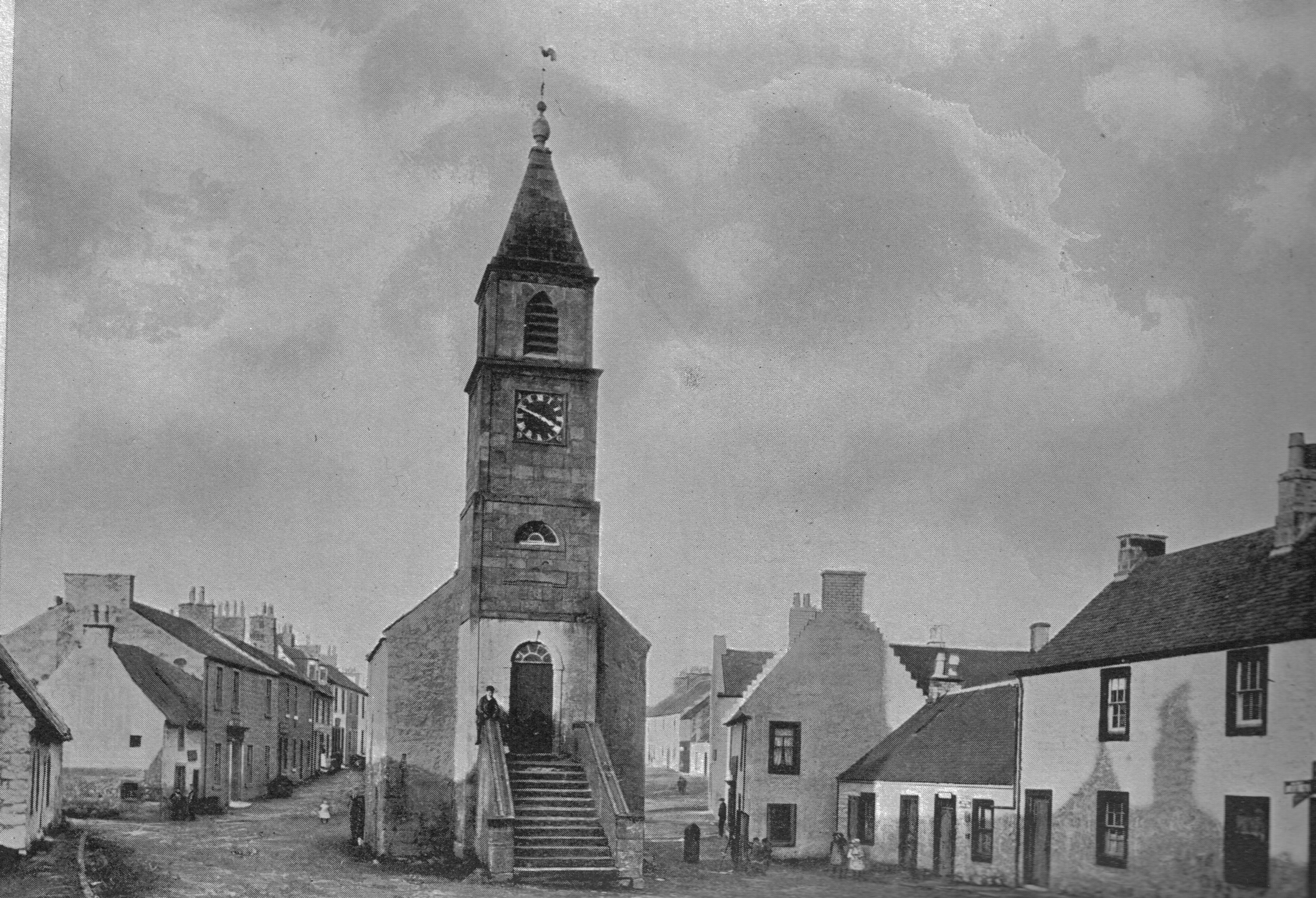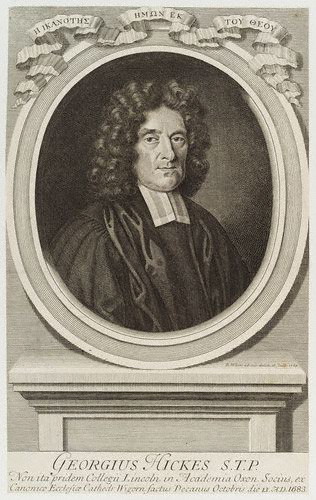|
James Gadderar
James Gadderar (1655–1733) was a clergyman of the Scottish Episcopal Church. Previously a minister at Kilmaurs, he was consecrated a college bishop on 24 February 1712 by Bishop George Hickes (i.e. a bishop without a diocese.) In November 1721 he traveled to Aberdeen and acted as Bishop Archibald Campbell's vicar-depute. Gadderar supported the practice of primitive 'usages' in the diocese, which brought him into a dispute with the College of Bishops at Edinburgh. After the resignation of Bishop Archibald Campbell in 1725, he was made Bishop of Aberdeen The Bishop of Aberdeen (originally Bishop of Mortlach, in Latin Murthlacum) was the ecclesiastical head of the Diocese of Aberdeen, one of Scotland's 13 medieval bishoprics, whose first recorded bishop is an early 12th-century cleric named Nec ..., remaining there until his death. References 1655 births 1733 deaths Bishops of Aberdeen College bishops {{UK-reli-bio-stub ... [...More Info...] [...Related Items...] OR: [Wikipedia] [Google] [Baidu] |
Scottish Episcopal Church
The Scottish Episcopal Church ( gd, Eaglais Easbaigeach na h-Alba; sco, Scots Episcopal(ian) Kirk) is the ecclesiastical province of the Anglican Communion in Scotland. A continuation of the Church of Scotland as intended by King James VI, and as it was from the Restoration of King Charles II to the re-establishment of Presbyterianism in Scotland following the Glorious Revolution, it recognises the archbishop of Canterbury as president of the Anglican Instruments of Communion, but without jurisdiction in Scotland ''per se''. This close relationship results from the unique history of the Scottish Episcopal Church. Scotland's third largest church, the Scottish Episcopal Church has 303 local congregations. In terms of official membership, Episcopalians today constitute well under 1 per cent of the population of Scotland, making them considerably smaller than the Church of Scotland. The membership of the church in 2019 was 27,585, of whom 19,784 were communicant members. Weekly att ... [...More Info...] [...Related Items...] OR: [Wikipedia] [Google] [Baidu] |
Kilmaurs
Kilmaurs () is a village in East Ayrshire, Scotland which lies just outside of the largest settlement in East Ayrshire, Kilmarnock. It lies on the Carmel Water, southwest of Glasgow. Population recorded for the village in the 2001 Census recorded 2,601 people resided in the village It was in the Civil Parish of Kilmaurs. History Kilmaurs was known as the hamlet of Cunninghame until the 13th century.Groome, Francis H. (1903). ''Ordnance Gazetteer of Scotland.'' Pub. Caxton. London. P. 938.Tranter, Nigel (1965), ''The Fortified House in Scotland. V. 3. South-West Scotland.'' Pub. Oliver & Boyd. P. 40. The population in 1874 was 1,145. Alex Young suggested that the name Kilmaurs comes from the Gaelic meaning Hill of the Great Cairn.Young, Alex F.(2001). Old Kilmaurs and Fenwick. . Young’s suggestion for the Gaelic origins of the placename Kilmaurs is extremely unlikely. Earliest medieval records refer to an early medieval church dedicated to a saint (probably a Saint Maura) c ... [...More Info...] [...Related Items...] OR: [Wikipedia] [Google] [Baidu] |
College Bishop
In the early days of the Scottish Episcopal Church, college bishops were men who were consecrated bishops in order to maintain apostolic succession but (extraordinarily) not appointed to any episcopal see An episcopal see is, in a practical use of the phrase, the area of a bishop's ecclesiastical jurisdiction. Phrases concerning actions occurring within or outside an episcopal see are indicative of the geographical significance of the term, mak .... Fourteen such men were consecrated, eight of whom were later appointed to Scottish sees. p. 515 (Google Books; accessed 2 May 2014) List of college bishops Notes References< ...
|
George Hickes (divine)
George Hickes (20 June 1642 O.S. – 15 December 1715 O.S.) was an English divine and scholar. Biography Hickes was born at Newsham, near Thirsk, Yorkshire, in 1642. After going to school at Thirsk he went to Northallerton Grammar School in 1652 where he was a classmate of Thomas Rymer. In 1659 he entered St John's College, Oxford, whence after the Restoration he removed to Magdalen College and then to Magdalen Hall. In 1664 he was elected fellow of Lincoln College, and in the following year proceeded M.A. In 1673 he graduated in divinity, and in 1675 he was appointed rector of St Ebbes, Oxford. In 1676, as private chaplain, he accompanied the Duke of Lauderdale, the royal commissioner, to Scotland, and shortly afterwards received the degree of D.D. from St Andrews. In 1680 he became vicar of All Hallows, Barking, London; and after having been made chaplain to the king in 1681, he was in 1683 promoted to the deanery of Worcester. He opposed both James II's declaration of in ... [...More Info...] [...Related Items...] OR: [Wikipedia] [Google] [Baidu] |
Archibald Campbell (bishop)
Archibald Campbell (died 1744) was a clergyman of the Scottish Episcopal Church who served as Bishop of Aberdeen. He was the son of Lord Neill Campbell by his first wife Lady Vere Kerr; his grandfathers were Archibald Campbell, 1st Marquess of Argyll, and William Kerr, 1st Earl of Lothian. He was a student of the church fathers and the author of a book ''The Doctrine of the Middle State between Death and the Resurrection'' (1731) in defence of prayer for the dead. He lived in England for many years and was an associate of English nonjurors including George Hickes, Thomas Brett, Thomas Deacon, and Roger Laurence Roger Laurence (1670–1736) was an English nonjuring priest and controversialist. Life The son of Roger Laurence, armorer, he was born 18 March 1670, and admitted on the royal mathematical foundation to Christ's Hospital in April 1679, from the w .... In the usages controversy he was a staunch defender of the usages and wrote two pamphlets. When Brett engineered a reun ... [...More Info...] [...Related Items...] OR: [Wikipedia] [Google] [Baidu] |
Bishop Of Aberdeen
The Bishop of Aberdeen (originally Bishop of Mortlach, in Latin Murthlacum) was the ecclesiastical head of the Diocese of Aberdeen, one of Scotland's 13 medieval bishoprics, whose first recorded bishop is an early 12th-century cleric named Nechtan. It appears that the episcopal seat had previously been at Mortlach (Mòrthlach), but was moved to Aberdeen during the reign of King David I of Scotland. The names of three bishops of Mortlach are known, the latter two of whom, "Donercius" and "Cormauch" (Cormac), by name only. The Bishop of Aberdeen broke communion with the Roman Catholic Church after the Scottish Reformation. Following the Revolution of 1688, the office was abolished in the Church of Scotland, but continued in the Scottish Episcopal Church. A Roman Catholic diocese was recreated in Aberdeen in 1878. Pre-Reformation bishops List of known bishops of Mortlach List of known bishops of Aberdeen The Bishopric of Aberdeen, as the Bishopric of Aberdeen, appears to da ... [...More Info...] [...Related Items...] OR: [Wikipedia] [Google] [Baidu] |
William Dunbar (bishop)
William Dunbar, M.A. (6 October 1661 – 7 January 1746) was a Scottish Episcopal clergyman who served as the Bishop of Moray and Ross (1727–35) and Bishop of Aberdeen (1733–1745). He was consecrated at Edinburgh as the bishop of the dioceses of Moray and Ross on 18 June 1727 by Arthur Millar, Primus of the Scottish Episcopal Church, with bishops Gadderar and Rattray serving as co-consecrators. He also became the Bishop of the Diocese of Aberdeen Diocese of Aberdeen was one of the 13 (14, after 1633) dioceses of the Scottish church, before the abolition of the episcopacy in 1689. Early history A see was founded in 1063 at Mortlach by Blessed Beyn. The earliest mention of the See of ... on 5 June 1733, but retained Moray and Ross until 1735. He resigned the see of Aberdeen on 4 July 1745 and died on 7 January 1746, aged 84. References , - , - 1661 births 1746 deaths Bishops of Aberdeen Bishops of Moray Bishops of Ross (S ... [...More Info...] [...Related Items...] OR: [Wikipedia] [Google] [Baidu] |
1655 Births
Events January–March * January 5 – Emperor Go-Sai ascends to the throne of Japan. * January 7 – Pope Innocent X, leader of the Roman Catholic Church and the Papal States, dies after more than 10 years of rule. * February 14 – The Mapuches launch coordinated attacks against the Spanish in Chile, beginning the Mapuche uprising of 1655. * February 16 – Dutch Grand Pensionary advisor Johan de Witt marries Wendela Bicker. * March 8 – John Casor becomes the first legally recognized slave in what will become the United States, as a court in Northampton County in the Colony of Virginia issues its decision in the Casor lawsuit, the first instance of a judicial determination in the Thirteen Colonies holding that a person who had committed no crime could be held in servitude for life. * March 25 – Saturn's largest moon, Titan, is discovered by Christiaan Huygens. April–June * April 4 – Battle of Porto Farina, Tunis: Engli ... [...More Info...] [...Related Items...] OR: [Wikipedia] [Google] [Baidu] |
1733 Deaths
Events January–March * January 13 – Borommarachathirat V becomes King of Siam (now Thailand) upon the death of King Sanphet IX. * January 27 – George Frideric Handel's classic opera, ''Orlando'' is performed for the first time, making its debut at the King's Theatre in London. * February 12 – British colonist James Oglethorpe founds Savannah, Georgia. * March 21 – The Molasses Act is passed by British House of Commons, which reinforces the negative opinions of the British by American colonists. The Act then goes to the House of Lords, which consents to it on May 4 and it receives royal assent on May 17. * March 25 – English replaces Latin and Law French as the official language of English and Scottish courts following the enforcement of the Proceedings in Courts of Justice Act 1730. April–June * April 6 – **After British Prime Minister Robert Walpole's proposed excise tax bill results in rioting over the impositio ... [...More Info...] [...Related Items...] OR: [Wikipedia] [Google] [Baidu] |
Bishops Of Aberdeen
The Bishop of Aberdeen (originally Bishop of Mortlach, in Latin Murthlacum) was the ecclesiastical head of the Diocese of Aberdeen, one of Scotland's 13 medieval bishoprics, whose first recorded bishop is an early 12th-century cleric named Nechtan. It appears that the episcopal seat had previously been at Mortlach (Mòrthlach), but was moved to Aberdeen during the reign of King David I of Scotland. The names of three bishops of Mortlach are known, the latter two of whom, "Donercius" and "Cormauch" (Cormac), by name only. The Bishop of Aberdeen broke communion with the Roman Catholic Church after the Scottish Reformation. Following the Revolution of 1688, the office was abolished in the Church of Scotland, but continued in the Scottish Episcopal Church. A Roman Catholic diocese was recreated in Aberdeen in 1878. Pre-Reformation bishops List of known bishops of Mortlach List of known bishops of Aberdeen The Bishopric of Aberdeen, as the Bishopric of Aberdeen, appears to da ... [...More Info...] [...Related Items...] OR: [Wikipedia] [Google] [Baidu] |



